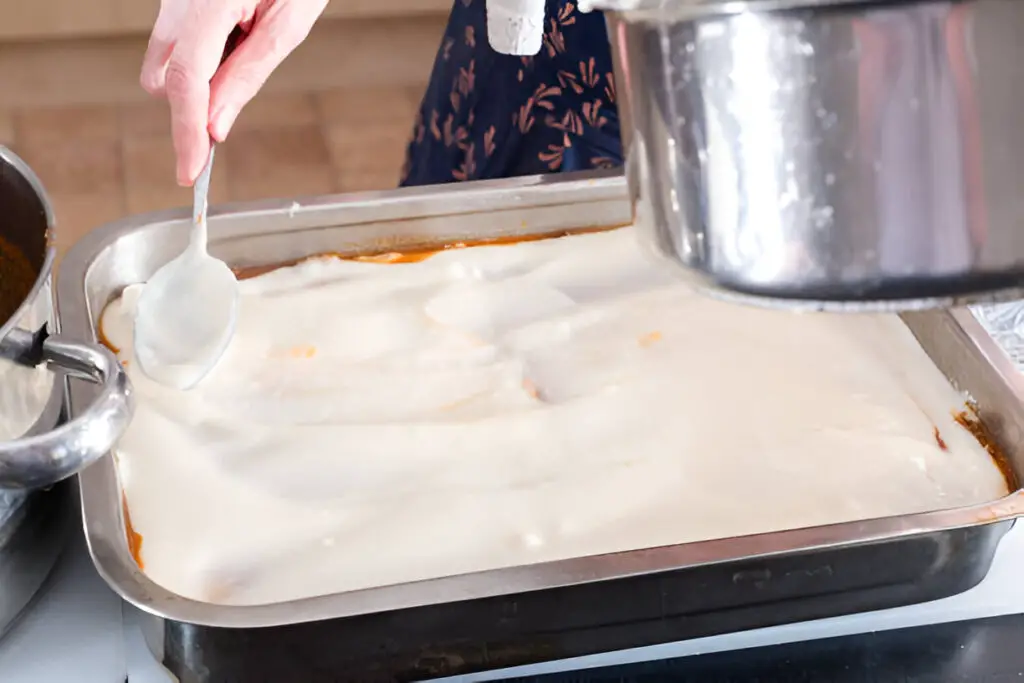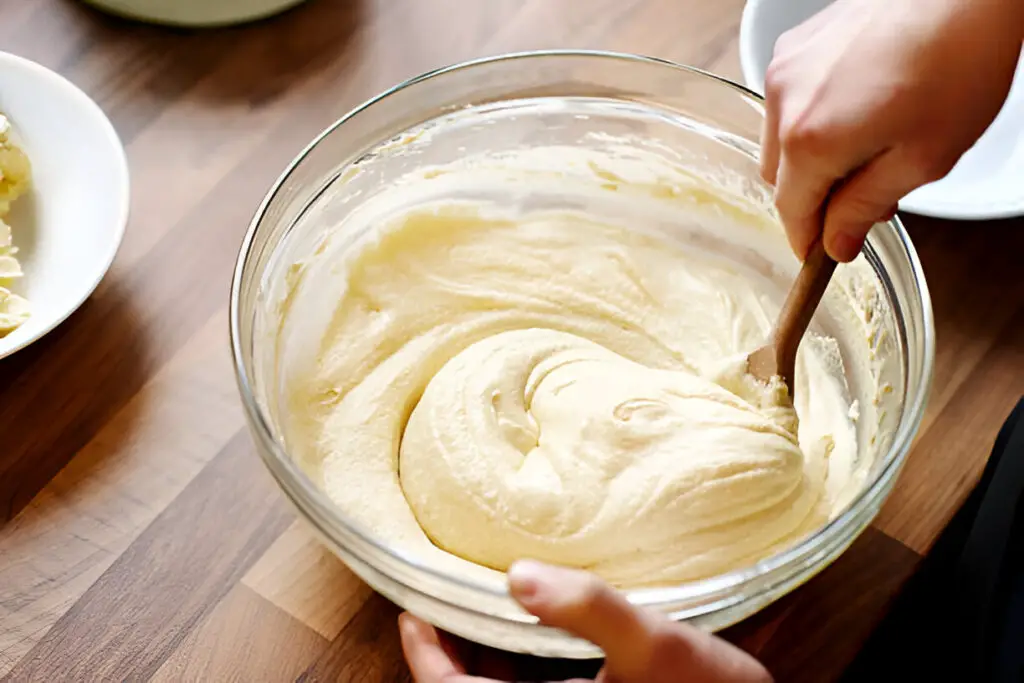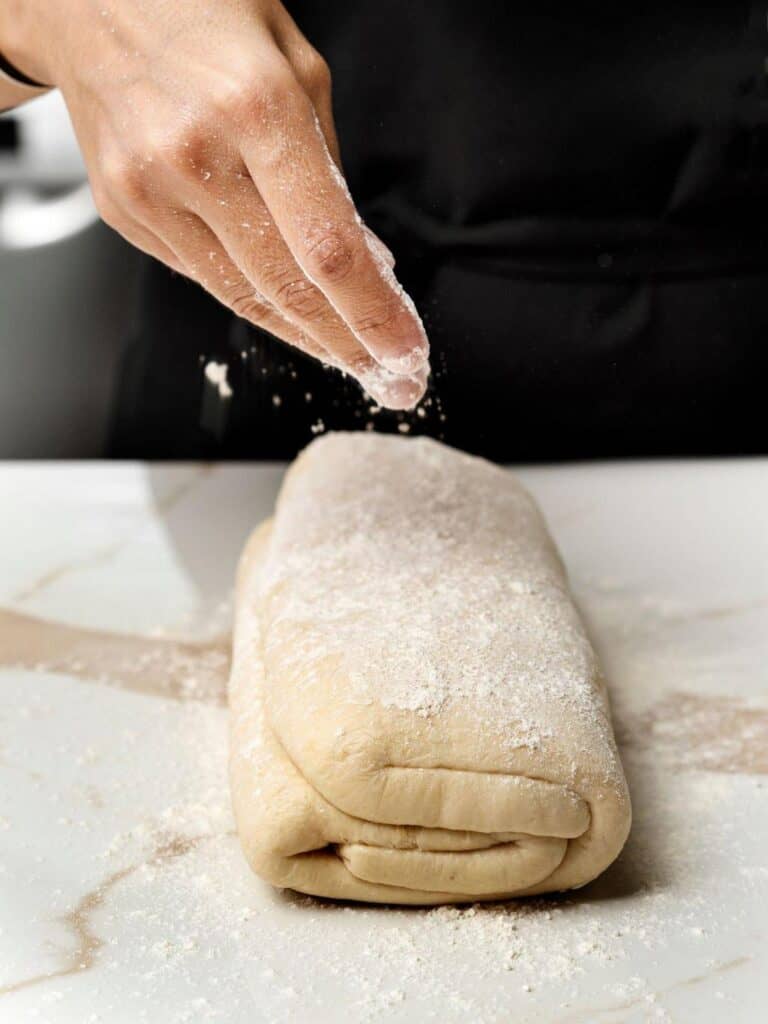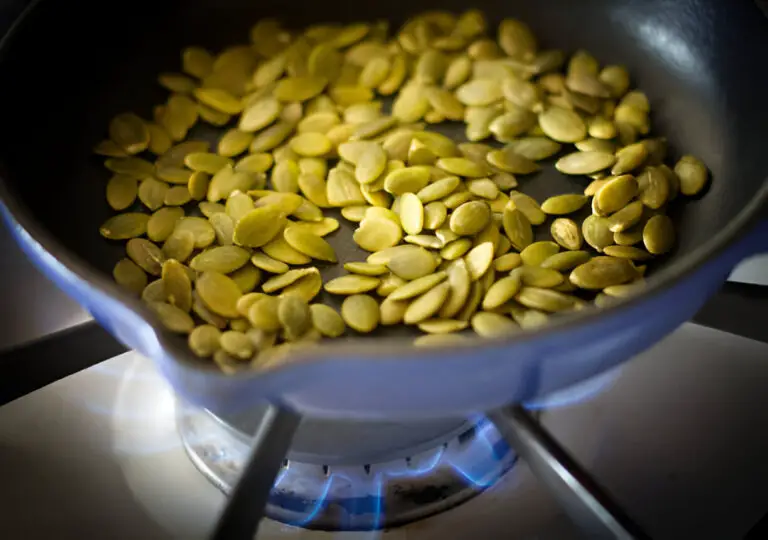Cream Cheese Frosting Too Thick? Here’s How to Rescue It!

We’ve all been there. You’ve whipped up a batch of cream cheese frosting for that perfect cake or batch of cupcakes, only to realize that your frosting is thicker than a brick wall. Maybe it’s supposed to be smooth and creamy, but instead, it’s more like frosting you’d need a chisel to spread.
Don’t panic just yet! With a few simple tricks up my sleeve, I can help you rescue that frosting and get it back to its silky, dreamy consistency. So grab your spatula and let’s dive in!
Why Is My Cream Cheese Frosting Too Thick?
Before I share my secrets for fixing thick cream cheese frosting, let’s first understand why it happens. There are a few reasons why your frosting might end up on the stiff side:
- Too Much Powdered Sugar: Powdered sugar is the main stabilizer in frosting, but if you add too much, it can lead to a thick, pasty texture. A little goes a long way, and sometimes we get a bit heavy-handed.
- Too Much Cream Cheese: While cream cheese gives frosting that delightful tang, using too much can make your frosting dense and difficult to spread.
- Not Enough Liquid: Frosting needs a little moisture to balance the dry ingredients and make it spreadable. If you haven’t added enough cream, milk, or other liquids, it could turn into a thick paste.
Knowing why it happened is half the battle. Now, let’s talk about how to fix it.
Add Liquid: The Quickest Fix

If your frosting is just a tad too thick, the simplest fix is to add a little bit of liquid. Liquid can smooth out the frosting without sacrificing flavor or structure. Here are a few options to consider:
- Heavy Cream: Adding a tablespoon or two of heavy cream will not only thin out your frosting, but it will also add a rich, velvety texture. I love using heavy cream because it keeps the frosting thick enough to hold its shape, but smooth enough to spread easily.
- Milk: If you don’t have heavy cream on hand, regular milk will work in a pinch. Start with small amounts (around a teaspoon) and gradually increase until you reach the desired consistency.
- Vanilla Extract: A splash of vanilla extract doesn’t just thin out the frosting—it also enhances the flavor. If you’re making a flavored frosting, this is a great way to keep everything balanced.
The key is to add the liquid slowly. Too much too fast can make the frosting runny. Start with a little, mix it in, and add more if needed until you get the consistency you want.
Beat It: The Power of a Good Mix

Sometimes, the frosting can get a bit stiff from sitting for too long, especially if it’s been in the fridge. But don’t worry, your hand mixer or stand mixer can save the day. Here’s what I do:
- Mix on High Speed: Using a hand mixer or stand mixer on high speed can help loosen up the frosting. The extra air helps soften it up and gives it a lighter texture. Plus, it ensures that any liquid you add gets incorporated fully.
- Check Consistency Frequently: Every few minutes, check the consistency of your frosting. Sometimes it’s just a few extra seconds of mixing that makes all the difference.
- Let It Rest: If you’ve added liquid and mixed it up but still feel like it’s too thick, let it rest at room temperature for 10–15 minutes. Sometimes, the frosting needs a little time to come together.
If you notice that the frosting is still too thick after mixing, repeat the process with a little more liquid. Don’t be afraid to mix a bit longer. It’s all about finding that perfect balance of smoothness and thickness.
Whip Up Some Air: Adding Air to Make It Lighter
When your cream cheese frosting is feeling a bit too heavy, it’s time to add some lightness. Whipping it up can work wonders to give your frosting that light, airy texture you’ve been dreaming of. Here’s how to do it:
- Use a Whisk Attachment: If you’re using a stand mixer, switch to the whisk attachment. This helps incorporate air into the frosting, which can make it feel less thick.
- Whisk in Small Batches: If you’re working by hand, you can use a regular whisk to beat the frosting and introduce some air into the mixture. It’ll take a little muscle, but it works wonders.
- Don’t Overdo It: Whipping the frosting for too long can make it too thin and can cause air bubbles in your cream cheese frosting, so keep an eye on it. The goal is to make it light and fluffy but still thick enough to hold its shape.
Add a Little More Cream Cheese (In Moderation)
This one might sound counterintuitive, but if your frosting is too thick and stiff, adding just a tiny bit more cream cheese can help loosen things up—while keeping that signature tangy flavor.
The trick is to add just a little at a time. If you overdo it, you could end up with a frosting that’s too soft or too tangy. So, add small amounts, and mix thoroughly after each addition. You’ll notice the consistency starts to smooth out and become more spreadable.
| Check out: What Happens When You Eat Expired Cream Cheese? |
Use a Frosting That Pairs Well with the Cake
Sometimes, the solution isn’t to fix the frosting—it’s to rethink the frosting in the context of the cake you’re using. Some cakes are naturally dry, and when paired with a thick frosting, the result can be a heavy, hard-to-spread mess. On the other hand, cakes with a moist crumb tend to work better with a slightly stiffer frosting.
So, if your frosting is perfect for a dense cake but too thick for a light, airy sponge, consider switching to a different frosting altogether. A light buttercream or whipped cream frosting might do wonders in those cases.
Common Mistakes to Avoid
While troubleshooting, it’s easy to make mistakes that might make the problem worse. To avoid going around in circles, here’s a list of things I’ve learned not to do when fixing thick cream cheese frosting:
- Adding Too Much Liquid: As tempting as it may be to dump in a whole cup of milk when the frosting is too thick, resist the urge. Start with small increments to keep the frosting from turning runny.
- Not Tasting as You Go: You might be so focused on the texture that you forget to taste the frosting. If you’ve added liquid or cream cheese, always taste to make sure the flavor is still right. Sometimes a little extra vanilla or powdered sugar might be necessary.
- Not Using Room Temperature Ingredients: When making cream cheese frosting, both your cream cheese and butter should be at room temperature. Cold ingredients can cause the frosting to be lumpy and stiff.
Final Thoughts
Having thick cream cheese frosting doesn’t have to be a disaster. With a few simple tricks—whether it’s adding liquid, mixing, or whipping—it’s easy to turn things around and get that smooth, spreadable consistency you’re looking for. The next time you find yourself facing thick frosting, just remember that there’s no problem that can’t be solved with a little patience and the right approach.
And hey, if all else fails, just slather it on thicker—after all, it’s still going to taste delicious!






